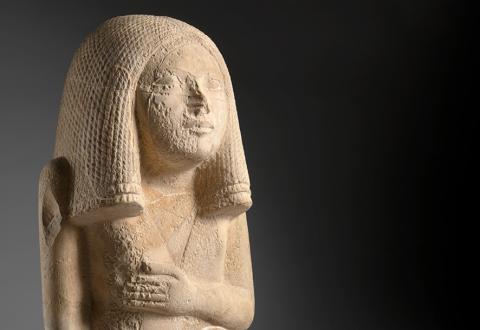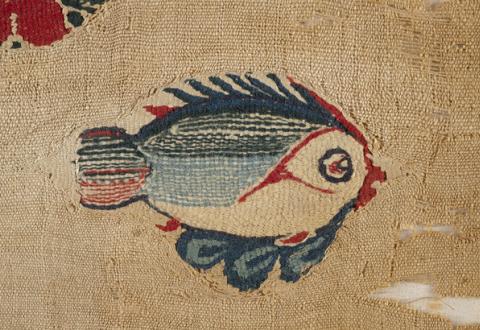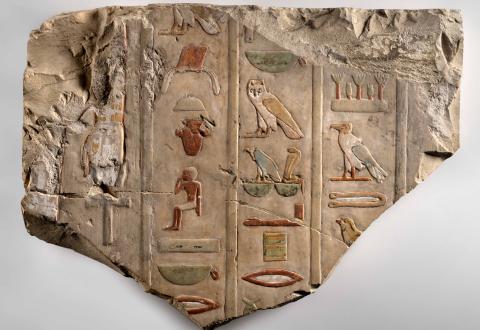The Egyptian collection is particularly comprehensive and covers the entire history of the country, from prehistory to Roman times.
History of the collection
Unlike the biggest European museums, which commenced at a fairly early stage in their histories to assemble relics from the pharaonic past, the Art & History Museum in Brussels began only recently, relatively speaking, to put an Egyptian collection together, more particularly with the acquisition around 1850 of a small core of objects. During the second half of the nineteenth century, this was expanded for the first time by the purchase (in 1861) of the collection of G. Hagemans and the donation (in 1884) of E. de Meester de Ravenstein.

Mummies
Linen wraps, mummy masks, amulets, canopic jars, sarcophagi, ... Come discover the mummification work that was mainly done by priests., altough dry desert sand could also be very efficient, as the “mummy of the Embroideress Euphemia” demonstrates.
Some mummies from an ensemble donated to the Museum in 2023 are currently being restored and scientifically examined at the War Heritage Institute.

Masterpieces
Among the prize pieces are the so-called ‘Lady of Brussels’ a limestone figure of a woman, a head of King Mykerinos and a relief image of Queen Tiy, the wife of Amenhotep III. Also in the collection is an entire burial chamber, the mastaba of Nefertitenef, various sarcophagi and mummies from different periods, including the so-called ‘Embroideress’ mummy, and one of the finest books of the dead that has survived from Ancient Egypt: the papyrus roll of the sculptor Neferrenpet.

Hieroglyphs
Under the watchful eye of Thoth, the scribe devotes himself to his prestigious occupation. In the thematic showcases, discover the different scripts of ancient Egypt and the materials used.

The collection
At present, the collection numbers more than 11 000 pieces and can be termed representative of every great period of flowering in Egyptian history. Just a selection of them is displayed: items of outstanding quality, illustrating the most diverse aspects of the art of Ancient Egypt, and items that are important from mainly a cultural and historical point of view.

Jean Capart and Queen Tiy
The collection’s current fame is due chiefly to Jean Capart (1877-1947), who laid the foundation of Egyptology in Belgium. A dynamic figure, he understood the art of attracting the interest of important patrons and of finding the right moment to make interesting acquisitions in the art market or at public auctions. When Jean Capart purchased this relief in 1905, it was covered with graffiti that made it impossible to identify. Only after cleaning did the face of Queen Tiy, wife of Amenhotep III, clearly appear.

Contact
Bruno Overlaet
b.overlaet@kmkg-mrah.be